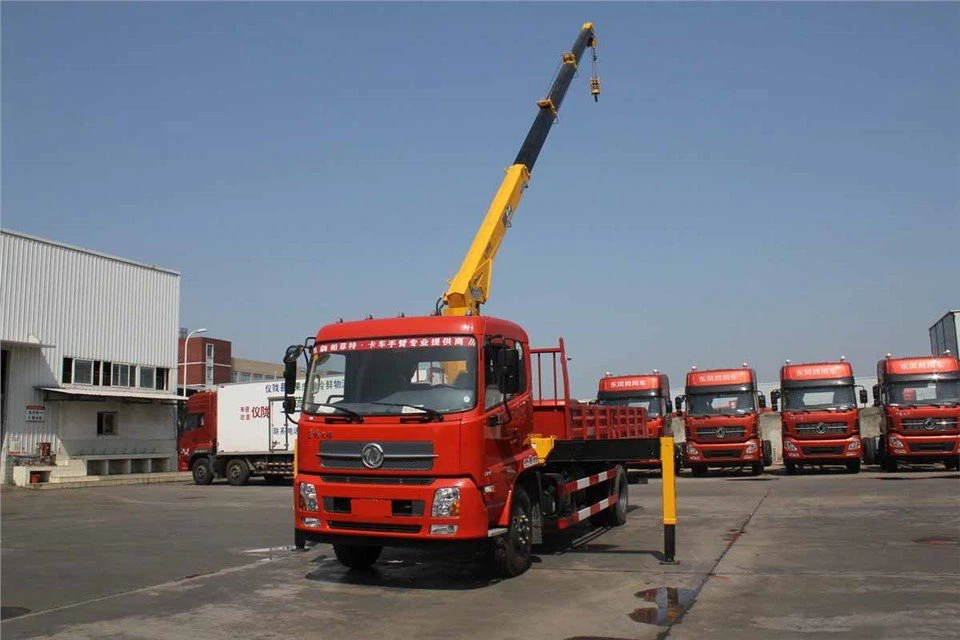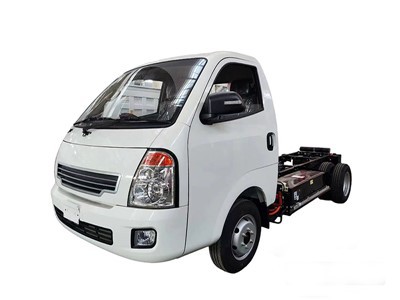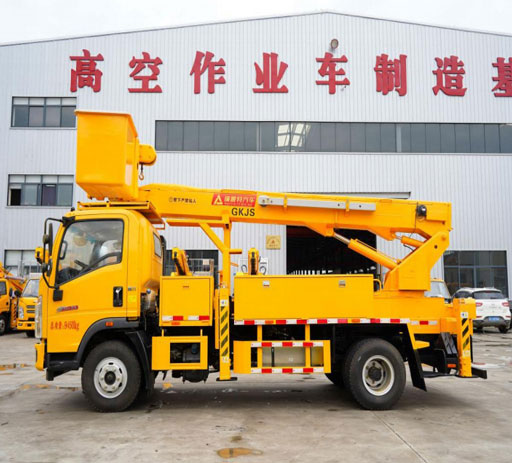Exploring the History of the Automobile Industry

The history of the automobile industry is a fascinating journey that traces the evolution of transportation technology from the late 19th century to today. This article provides an in-depth look at the key milestones, innovations, challenges, and trends that have shaped the automobile industry over the decades. From the invention of the first gasoline-powered vehicle to the rise of electric cars, let’s delve into the transformative events that have defined automotive history.
The Dawn of the Automobile (Late 19th Century)
The inception of the automobile industry can be traced back to the late 1800s when inventors began experimenting with self-propelled vehicles. This era marked the birth of the automotive revolution.
The First Automobile
The creation of the first true automobile is credited to Karl Benz, who built the Benz Patent-Motorwagen in 1885. This vehicle was powered by an internal combustion engine and is recognized as the first practical automobile. Soon after, other pioneers like Henry Ford and Gottlieb Daimler began to innovate in automobile design.
Early Innovations
While Karl Benz laid the groundwork, several key inventions emerged during this period, including:
- Electric ignition: Developed in the 1890s, which improved engine reliability.
- The clutch: Enabled smoother gear shifts.
- The steering wheel: Replaced the steering tiller for better handling.
The Birth of Mass Production (Early 20th Century)
As the demand for automobiles grew, manufacturers began to seek ways to produce vehicles more efficiently. This led to the development of mass production techniques.
Henry Ford and the Assembly Line
In 1913, Henry Ford revolutionized the automobile industry by introducing the moving assembly line. This innovation drastically reduced the time it took to build a car, allowing Ford to produce the Model T at an unprecedented scale. The impact of this innovation is illustrated in the table below:
| Year | Time to Build a Model T | Production Volume |
|---|---|---|
| 1908 | 12 hours | 10,000 |
| 1916 | 1.5 hours | 400,000 |
Impact of Mass Production
The assembly line not only made automobiles more affordable for the average consumer, but it also set a standard for manufacturing that spread beyond the automobile industry into various sectors globally.
Global Expansion and Competition (1920s-1950s)

As the automobile gained popularity, different countries began producing their own vehicles, leading to intense global competition.
The Rise of European Manufacturers
During the 1920s and 1930s, European automobile manufacturers like Volkswagen, Peugeot, and Fiat became competitive players in the global market. Their focus on design and engineering excellence helped shape consumer preferences.
The Influence of World War II
World War II had a significant impact on the automobile industry, shifting production from civilian vehicles to military needs. Post-war, the industry experienced a boom as manufacturers returned to consumer production.
The Birth of Modern Automobiles (1950s-1980s)
The mid-20th century saw the emergence of modern automobiles characterized by advanced engineering, safety features, and expanded consumer choices.
Technological Advancements
Key innovations during this era included:
- Automatic transmissions: Introduced in the 1940s and became standard by the 1970s.
- Power steering and brakes: Made driving more comfortable and accessible.
- Safety features: Introduction of seat belts, airbags, and crumple zones in the 1960s and 1970s.
Environmental Challenges
The automobile industry faced scrutiny in the late 1970s due to rising concerns about pollution and fuel consumption. This led to new regulations on emissions and fuel economy.
The Oil Crisis and Economic Shifts (1970s-1980s)

The oil crises of the 1970s reshaped the automotive landscape, prompting innovations in fuel efficiency and alternative energy sources.
Emergence of Fuel-Efficient Cars
Manufacturers began to focus on producing smaller, more fuel-efficient vehicles in response to soaring gas prices. The Japanese automakers, particularly Toyota and Honda, gained significant market share with their compact and fuel-efficient models.
The Age of Technology and Globalization (1990s-2000s)
The 1990s and 2000s saw the rapid integration of technology in vehicles and the globalization of the automobile market.
Introduction of Electronics
Vehicles began featuring electronic systems that enhanced performance, safety, and entertainment. Notable advancements included:
- Anti-lock braking systems (ABS): Improved vehicle control during braking.
- Navigation systems: Introduced GPS technology for enhanced navigation.
- Telematics: Enabled vehicle tracking and diagnostics.
The Global Market
Major automotive manufacturers expanded their operations across continents, leading to a more competitive global market. Companies like Ford and General Motors formed alliances and joint ventures with foreign automakers.
The Shift to Sustainability (2010s-Present)

In recent years, sustainability has become a driving force in the automobile industry, greatly influencing design and production practices.
Rise of Electric Vehicles (EVs)
As concerns about climate change intensified, electric vehicles gained popularity. Major automakers such as Tesla propelled the EV market, and traditional manufacturers like Volkswagen and Ford began investing heavily in electrification.
Example of Tesla’s Impact
Tesla’s innovative approach to EVs not only popularized electric driving but also forced traditional manufacturers to adapt rapidly. The introduction of models like the Model S and Model 3 catalyzed interest in electric vehicles globally.
Advancements in Autonomous Vehicles
The pursuit of self-driving technology has transformed the automobile sector, with companies like Waymo and Uber spearheading research and development. While fully autonomous vehicles are still in the testing phase, significant strides have been made in semi-autonomous features.
Trends Influencing the Future of the Automobile Industry
Several trends are shaping the future of the automobile industry:
Urbanization and Mobility Solutions
As cities grow, the demand for efficient mobility solutions increases. Car-sharing and ride-hailing services are on the rise as younger generations prioritize access over ownership.
Connected Vehicles
The Internet of Things (IoT) has led to the development of connected vehicles, allowing cars to communicate with each other and their environments. Features like real-time traffic updates and predictive maintenance are just the beginning.
Government Regulations and Sustainability Initiatives
Governments around the world are enacting stricter emissions regulations and supporting the shift to electric vehicles through incentives and subsidies, shaping the industry’s direction.
Frequently Asked Questions (FAQ)
1. What was the first automobile ever made?
The first practical automobile was the Benz Patent-Motorwagen, constructed by Karl Benz in 1885.
2. How did Henry Ford change the automobile industry?
Henry Ford revolutionized mass production by introducing the moving assembly line, significantly lowering production times and costs.
3. What are some major environmental challenges facing the automobile industry today?
Today, challenges include reducing greenhouse gas emissions, transitioning to sustainable energy sources, and minimizing pollution.
4. What impact did the oil crisis have on automobile production?
The oil crisis prompted manufacturers to focus on fuel efficiency and smaller vehicles in response to rising gas prices.
5. What is the significance of electric vehicles in today’s automobile market?
Electric vehicles are gaining traction due to environmental concerns and advancements in technology, leading to increased investment and innovation in the automotive sector.
6. What future trends should we expect in the automobile industry?
Expect trends such as increased connectivity, urban mobility solutions, advances in autonomous driving technology, and a continued shift towards sustainability and electric vehicles.
